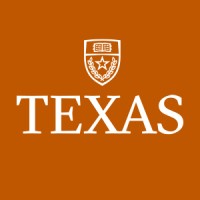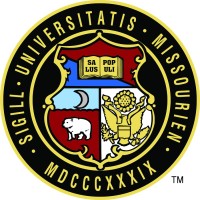
The University of Texas at Austin
The University of Texas at Austin is one of the largest public universities in the United States. Founded in 1883, the University has grown from a single building, eight teachers, two departments and 221 students to a 350-acre main campus with 21,000 faculty and staff, 16 colleges and schools and more than 50,000 students.






